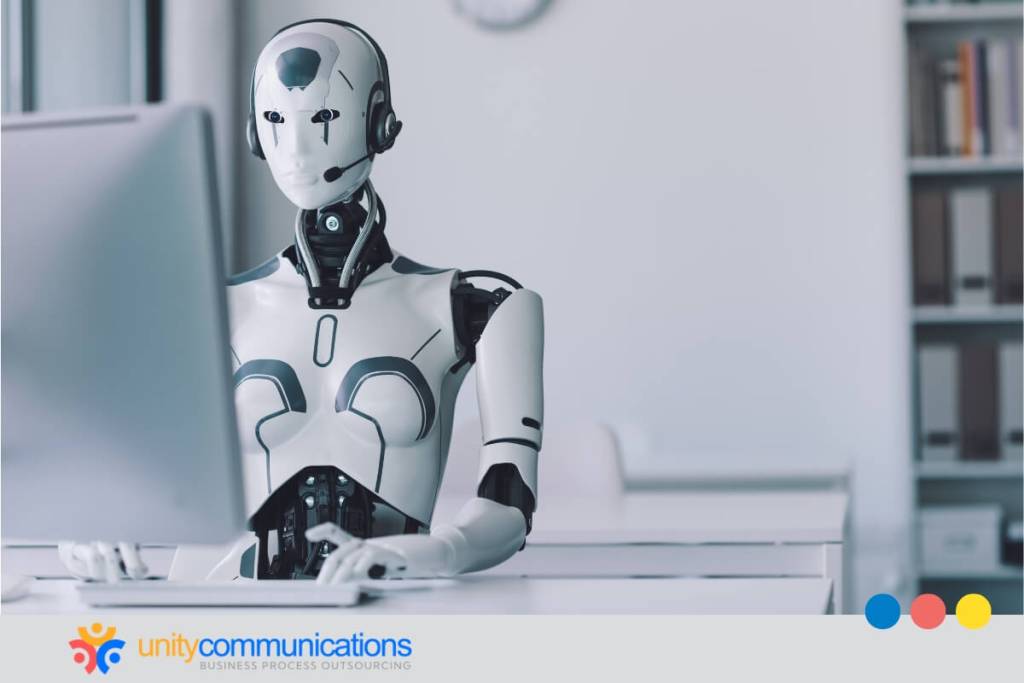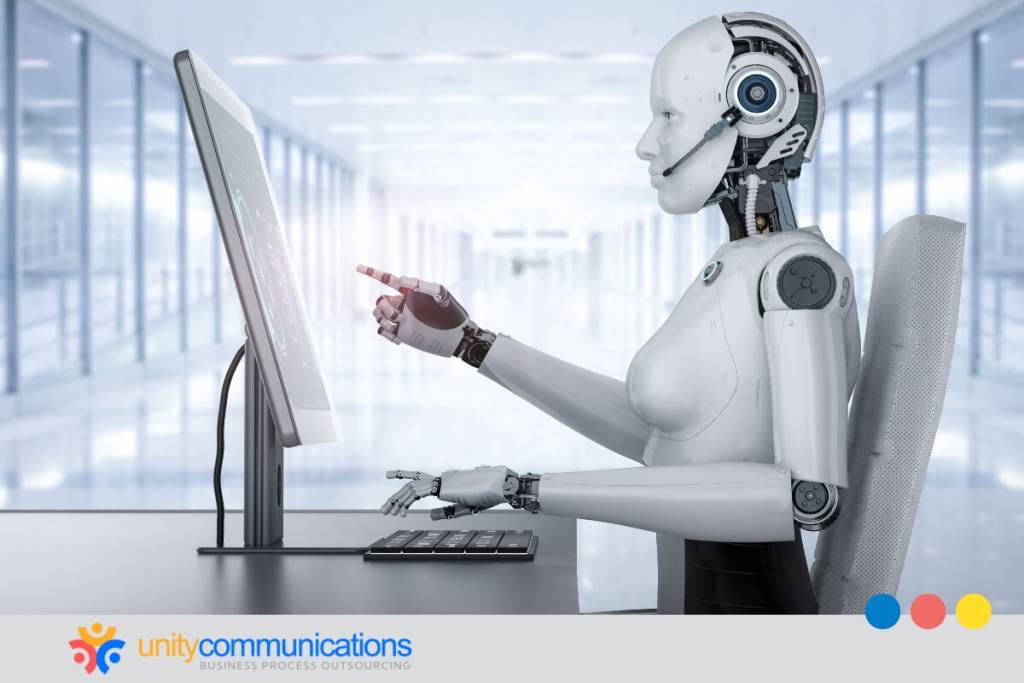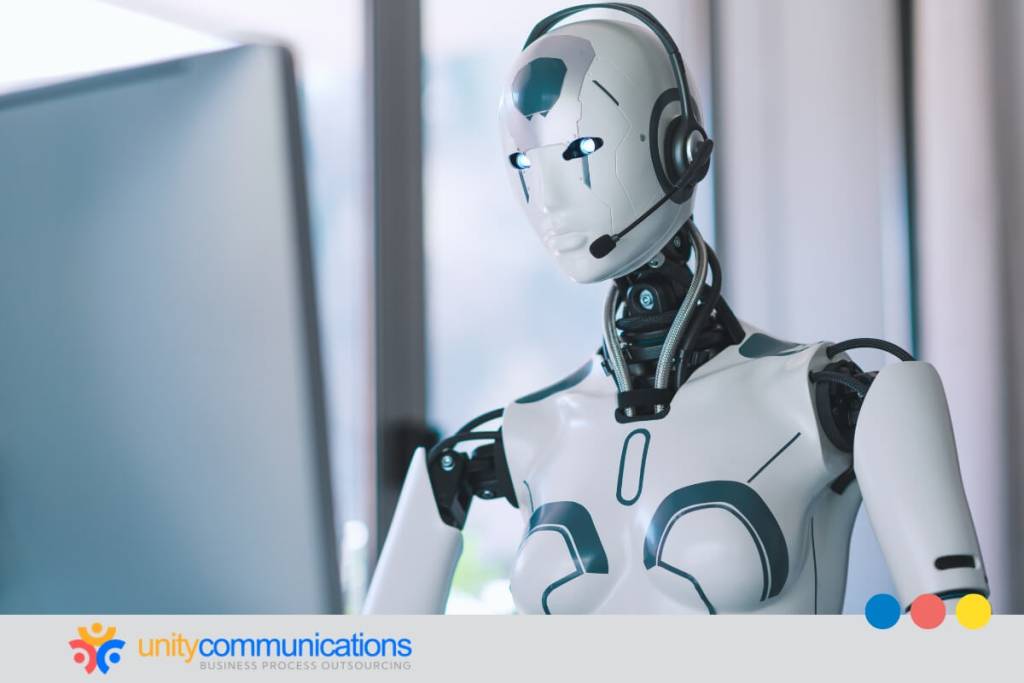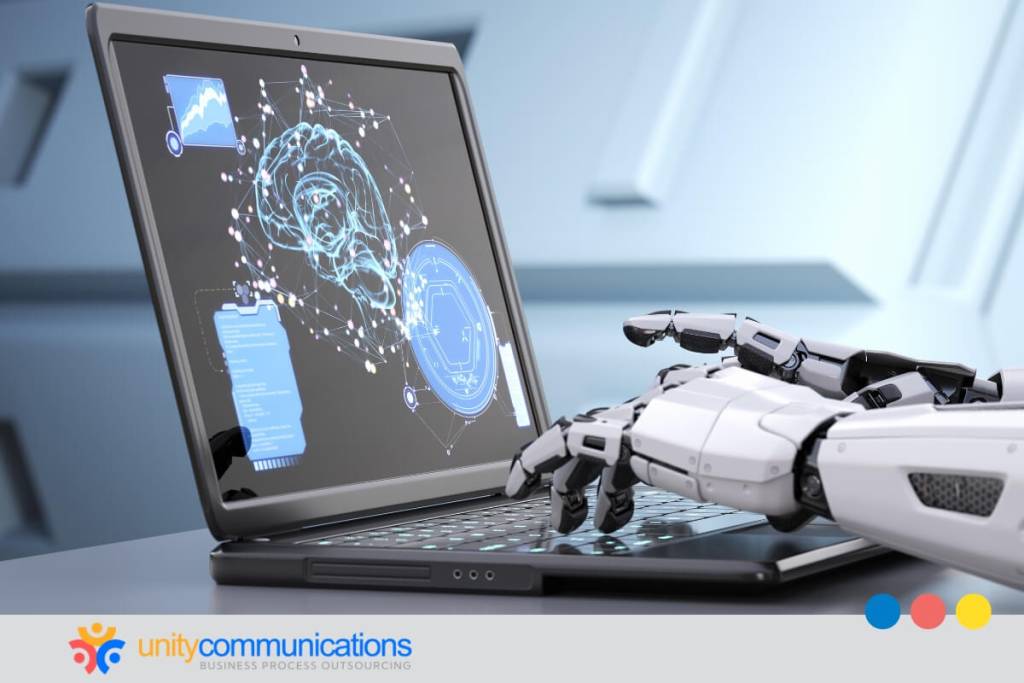Table of Contents
Artificial intelligence (AI) is transforming the way companies operate, innovate, and compete today. As enterprises adopt smarter automation, two terms dominate the discussion: AI agents vs. autonomous AI agents.
While both aim to extend human capability, they differ in autonomy, design, and the level of trust businesses can place in them. Choosing the wrong model can result in wasted investments, compliance risks, or workflows that fail to scale.
This guide provides a comprehensive overview of everything you need to know, including core definitions, real-world applications, and governance requirements. Ultimately, you can make informed decisions strategically based on your business objectives and risk tolerance.
AI agents vs. autonomous AI agents: Core definitions
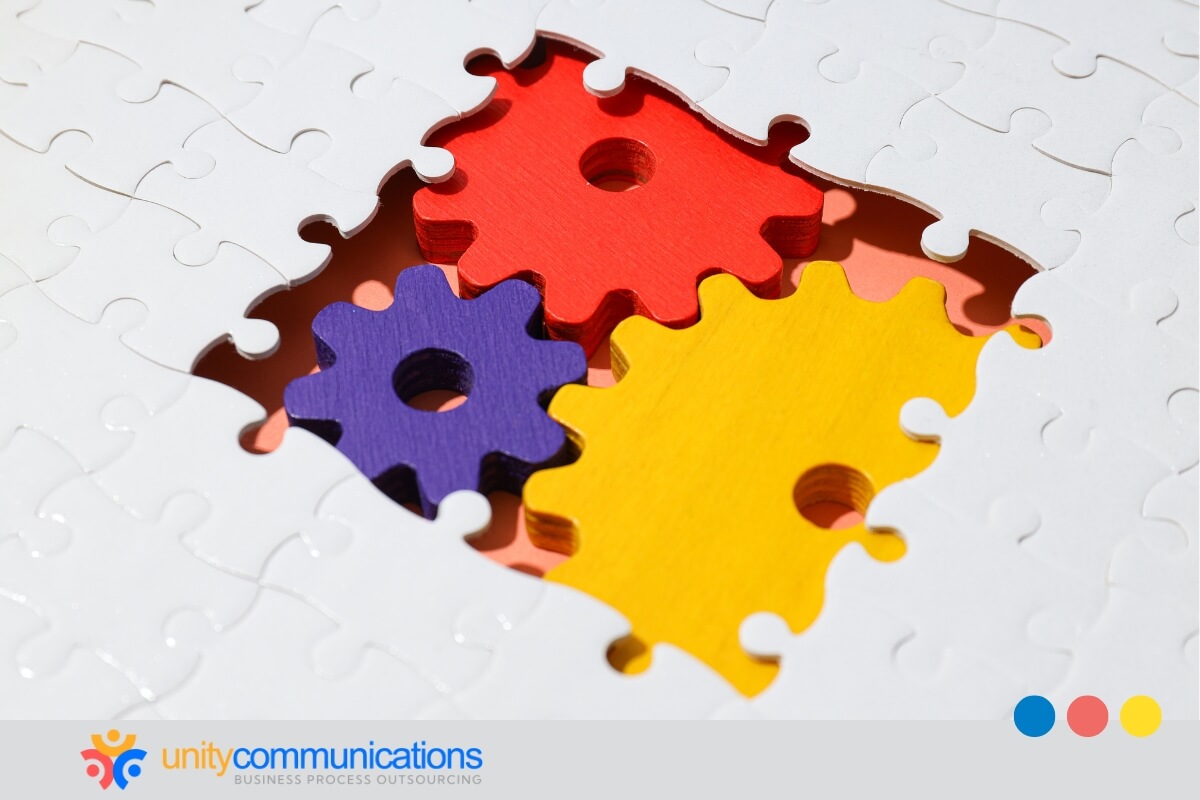
At their simplest, AI agents are software programs that perform specific actions on behalf of a user. Think of a customer support chatbot that answers frequently asked questions (FAQs) or a digital assistant that pulls up your calendar.
Guided by pre-set rules or trained models, these agents operate in a bounded way and rely heavily on human-defined inputs. However, autonomous AI agents go beyond assistance. Instead of waiting for prompts, they operate with goal-oriented independence.
Imagine a logistics system that recommends routes and actively reconfigures delivery schedules in response to changes in weather, traffic, and fuel efficiency.
| Aspect | AI agents | Autonomous AI agents |
|---|---|---|
| Definition | Task-specific software companies | Self-directed systems with goal alignment |
| Dependency | Rely on explicit instructions | Operate with proactive independence |
| Example | Chatbots, scheduling assistants | Supply chain optimizers, autonomous trading bots |
When it comes to the difference between AI and autonomous AI agents, the distinction lies in scope. One is reactive, the other proactive.
Autonomy levels: From guided tools to independent operators
The debate between AI and autonomous AI agents often centers on the concept of autonomy. AI agents are like trained staff. They follow instructions faithfully but don’t innovate beyond what’s told to them. Workflows, predefined logic, and human oversight constrain their independence.
Autonomous AI agents are more like senior consultants. They can make judgment calls, act without waiting for explicit approval, and even coordinate multiple tasks across systems. This independence is powerful but also introduces risks if oversight mechanisms aren’t in place.
The momentum behind both models is clear. The global AI agents market size is projected to reach $50.3 billion by 2030. This surge highlights the demand for automation and the growing trust in systems that can operate with varying levels of autonomy.
| Factor | AI agents | Autonomous AI agents |
|---|---|---|
| Autonomy | Low—reactive and prompt-based | High—goal-driven and adaptive |
| Independence | Minimal, requires oversight | Operates with limited supervision |
| Control | Full human control | Shared control between human + system |
As a business, you must strike a balance between efficiency and control. Excessive autonomy without safeguards could lead to costly errors or compliance violations. Conversely, over-reliance on constrained AI agents can slow innovation and limit scalability.
Architectural foundations: Why design determines performance
The architectural differences between AI and autonomous AI agents explain why they perform so differently in practice. AI agents use a modular structure. Predefined conditions separate and trigger their functions, such as data input, reasoning, and output.
This enables them to operate like digital workflows: they receive requests, apply the rules, and generate responses. The strength of this approach lies in transparency and predictability.
For example, a helpdesk AI agent can fetch account details or reset a password because these actions are well-defined within its programmed scope. However, this same structure limits flexibility when tasks fall outside its boundaries.
By contrast, to understand autonomous AI, you must examine its layered, feedback-driven design. Autonomous AI agents perceive, analyze, and act in a continuous loop, giving them the ability to adapt dynamically.
Their architecture generally consists of three layers:
- Perception layers capture inputs from APIs, sensors, or datasets.
- Cognitive layers analyze patterns, simulate scenarios, and weigh trade-offs.
- Action layers execute decisions in real time, often without waiting for human validation.
This perceive-think-act cycle enables autonomous AI agents to function independently, making adjustments as conditions change.
Unlike AI agents’ simpler request-process-respond loop, autonomous systems can reconfigure workflows on the fly, such as rerouting deliveries during a traffic jam or reallocating compute resources in a cloud environment.
In short, AI and autonomous AI agents differ at their core: AI agents are structured for reliability in predictable tasks, while autonomous AI agents are engineered for adaptability in complex, evolving environments.
Human oversight: From constant supervision to strategic management
When comparing AI agents vs. autonomous AI agents, the role of human intervention is one of the most important distinctions. AI agents are built for transparency and predictable workflows. They still require operators to:
- Provide inputs or prompts.
- Validate outputs.
- Intervene when conditions fall outside predefined rules.
This model ensures accountability but also creates bottlenecks. PwC’s 2024 AI Agent Survey found that 35% of enterprises view “maintaining human oversight and accountability” as one of the top three challenges to realizing value from AI agents.
This highlights how the need for constant approvals and checks can slow down decision-making, especially in fast-moving industries. Autonomous AI agents flip this model. They reduce the need for continuous monitoring, instead generating exception reports, escalation alerts, or summary dashboards when thresholds are breached.
For instance, an AI agent might flag unusual account activity for manual review in the finance sector. In contrast, an autonomous AI agent could proactively freeze the account, launch fraud detection routines, and notify compliance officers without waiting for operator input.
The trade-off comes down to efficiency and oversight. Companies in heavily regulated industries, such as healthcare or banking, often prefer AI agents because they offer greater transparency and accountability. By contrast, fast-moving sectors, such as logistics and e-commerce, tend to lean toward autonomous AI agents to minimize bottlenecks and unlock speed.
In short, AI agents vs. autonomous AI agents present two governance models: one centered on control and compliance, and the other optimized for speed and adaptability.
Learning models: Static training vs. continuous adaptation
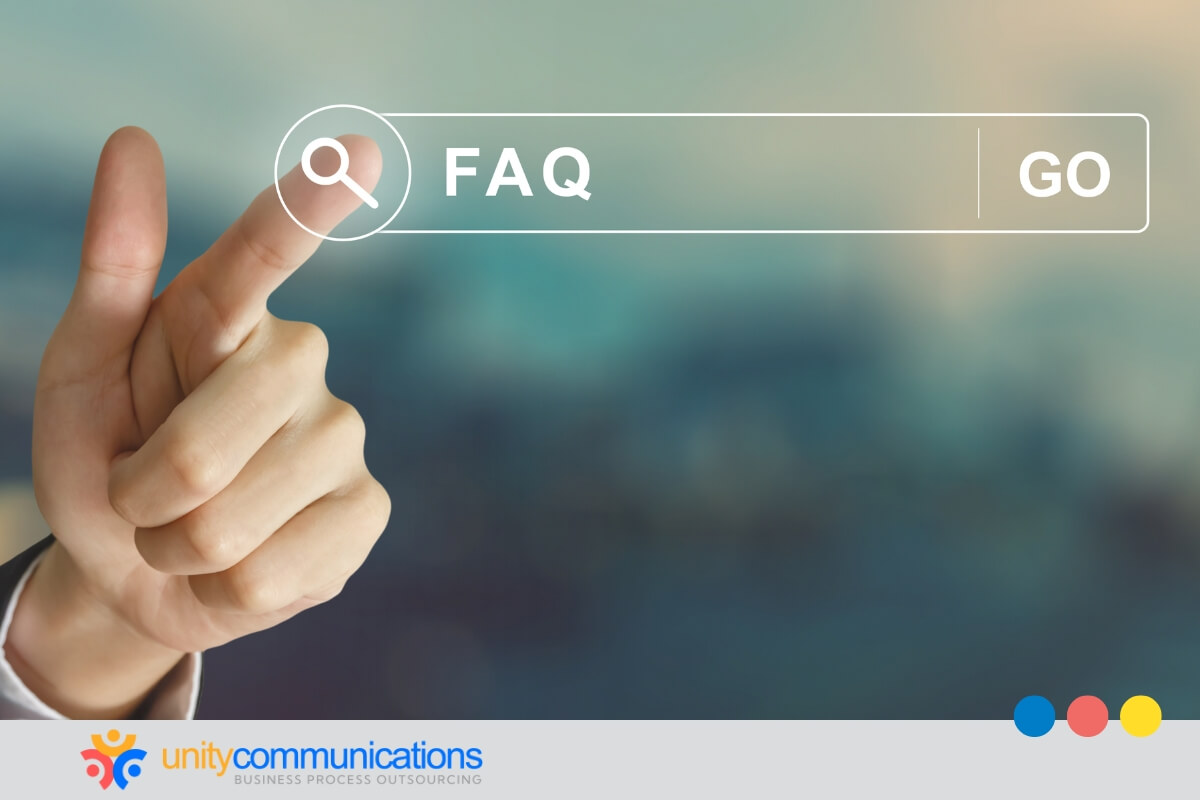
Another significant distinction in AI agents vs. autonomous AI agents is how they learn. To understand what an AI agent is, it helps to see how they process knowledge.
AI agents rely on static training—data models built in advance, periodically retrained, and re-applied. While this makes them effective for stable, well-defined tasks, it also limits their adaptability in unexpected situations.
For example, an FAQ chatbot might work reliably but requires manual retraining whenever new questions emerge. Autonomous AI agents employ continuous learning strategies. These include reinforcement learning, multi-agent collaboration, and even transfer learning from one domain to another. Instead of waiting for retraining, they refine themselves in real time.
| Learning capability | AI agents | Autonomous AI agents |
|---|---|---|
| Training approach | Pre-trained or rule-based | Continuous, reinforcement-driven |
| Adaptability | Low—requires updates | High—self-adjusting in real time |
| Example | FAQ chatbot needing retraining | Fraud detection system adapts instantly |
This adaptability is why autonomous AI agents are ideal for industries where conditions change too quickly for human-led retraining to keep up. Meanwhile, AI agents still hold value in environments where stability and predictability outweigh the need for constant adaptation.
Decision-making: Rule-following vs. goal-oriented reasoning
Decision-making is where AI agents and autonomous AI agents diverge most clearly. The different types of AI agents, such as reactive or rule-based systems, follow predefined logic trees, so strict conditions bind their decisions. They perform best in repetitive tasks where reliability matters more than innovation, such as invoice processing or ticket routing.
On the other hand, autonomous AI agents utilize dynamic frameworks that enable them to evaluate multiple paths, weigh trade-offs, and adjust their goals as conditions change. This ability to align decisions with broader objectives makes them especially useful in strategic areas such as investment management or supply chain optimization.
Put simply: AI agents ask, “What action matches this input?” Autonomous AI agents ask, “What action best serves the overall goal?”
Enterprise integration: Connectors vs. orchestrators
Integration is where businesses feel the practical differences between AI agents and autonomous AI agents. AI agents often serve as connectors, wrapping around application programming interfaces (APIs) to automate repetitive tasks such as fetching reports or updating customer relationship management (CRM) records.
Autonomous AI agents function as orchestrators. They don’t just plug into tools; they coordinate them. For example, an AI agent might pull system logs in IT operations.
An autonomous AI agent could analyze logs, automatically deploy patches, reroute workloads, and notify stakeholders without human intervention. This shift from connectors to orchestrators marks the difference between extending workflows and transforming them.
Scalability models: Linear growth vs. intelligent optimization
When enterprises evaluate AI agents vs. autonomous AI agents, scalability is often the deciding factor. AI agents scale by multiplication, adding more instances to handle higher volume. While effective, it can be resource-intensive and costly at enterprise scale.
Autonomous AI agents scale dynamically. They optimize resources by collaborating, redistributing workloads, and prioritizing actions.
For instance, in cloud management, autonomous agents can monitor server health, spin up or shut down instances, and balance workloads without human input, delivering performance gains without proportional cost increases.
| Factor | AI agents | Autonomous AI agents |
|---|---|---|
| Scalability model | Linear—add more instances | Dynamic—redistributes workloads |
| Resource management | Manual allocation | Automated, self-optimizing |
| Performance | Steady, predictable | Adaptive, efficiency-focused |
Scalability highlights the most significant divide between AI and autonomous AI agents. AI agents grow by adding more capacity, but that approach can quickly drive up costs.
On the other hand, autonomous AI agents scale intelligently, optimizing resources and performance without the same overhead.
Industry applications: Matching technology to business needs

The contrast between AI agents and autonomous AI agents is most apparent when applied to industries. AI agents work best in predictable, rule-based tasks. Examples include:
- Customer service and business process outsourcing (BPO): Chatbots for FAQs, ticket routing, and scripted responses
- HR outsourcing: Résumé screening and interview scheduling
- Marketing support: A/B testing, campaign reporting, and lead qualification
Autonomous AI agents excel where speed and adaptability are crucial. Examples include:
- Finance: Real-time fraud detection and automated trading
- Healthcare outsourcing: Adaptive patient monitoring and personalized treatment planning
- Logistics and BPO supply chains: Dynamic rerouting and predictive fleet management
Industry applications make the differences between AI and autonomous AI agents crystal clear. AI agents excel in predictable, rule-based tasks, while autonomous AI agents deliver value where speed and adaptability are essential.
Matching the right technology to the right business need is the key to unlocking efficiency and growth.
| Industry | AI agents | Autonomous AI agents |
|---|---|---|
| Customer service / BPO | FAQ bots, ticket routing | End-to-end complaint resolution |
| Finance | Compliance checks | Fraud detection, portfolio rebalancing |
| Logistics / BPO | Delivery scheduling | Predictive rerouting across networks |
For BPO, AI agents reduce costs and automate repetitive tasks, while autonomous AI agents enable providers to deliver more innovative, higher-value services. Choosing the right mix depends on whether reliability or adaptability creates more value for the business.
Governance and risk management: Building trust in automated systems
No analysis of AI and autonomous AI agents is complete without addressing governance. AI agents are simple to regulate since their behavior is bounded and traceable. Their clear audit logs are easier to maintain, while compliance requirements are quicker to enforce. This makes them well-suited for industries that need oversight, such as finance, healthcare, and BPO.
Autonomous AI agents present more formidable ethical challenges. Who is accountable if an autonomous agent makes a harmful or non-compliant decision? These systems blur the line between tool and actor, forcing companies to implement governance mechanisms such as:
- Transparent audit trails
- Human override controls
- Ethical use frameworks aligned with legal standards
The need for stronger governance is clear. Current research indicates that 92% of IT professionals recognize the critical importance of AI governance, yet only 44% of organizations have formal policies in place.
This 48-point gap represents a significant risk for early autonomous AI adopters. Moreover, it highlights why enterprises must act quickly to establish governance frameworks before scaling autonomous systems.
Failing to address these governance questions in highly regulated industries could expose organizations to fines, lawsuits, or reputational damage.
The bottom line
The choice between AI agents and autonomous AI agents is a strategic decision. AI agents remain excellent for predictable, narrow tasks where oversight and reliability matter. Autonomous AI agents offer adaptability and independence, but they also demand stronger governance and trust.
The future is not about choosing one over the other but orchestrating both. Businesses that strike the right balance, using AI agents for control and compliance while relying on autonomous AI agents for adaptability and scale, will lead the next wave of AI-driven transformation.
Ready to harness the power of AI? Let’s connect and discover how we can help you stay ahead with scalable, intelligent automation.

